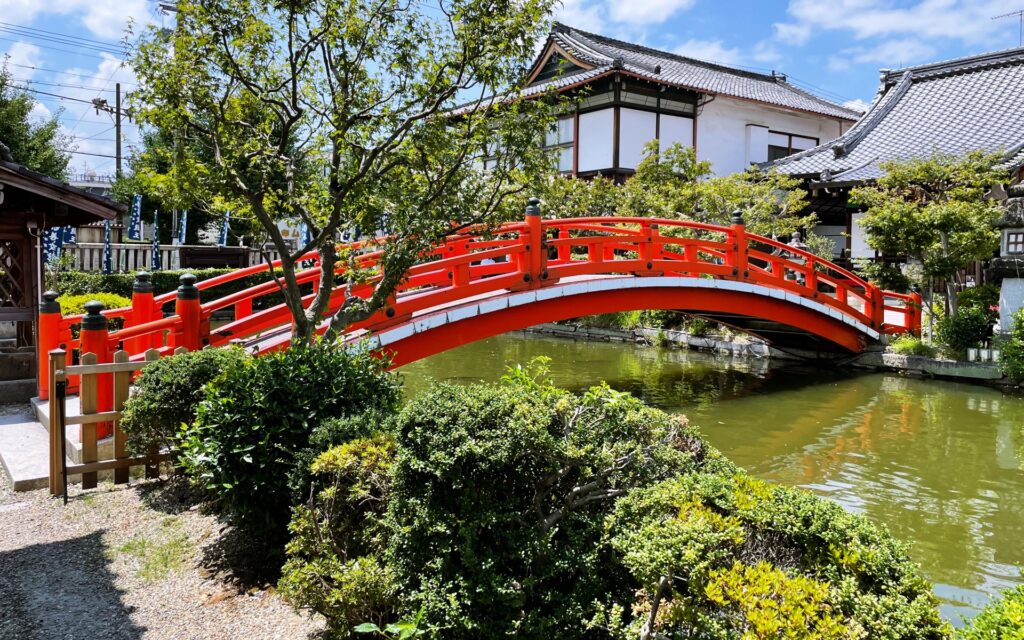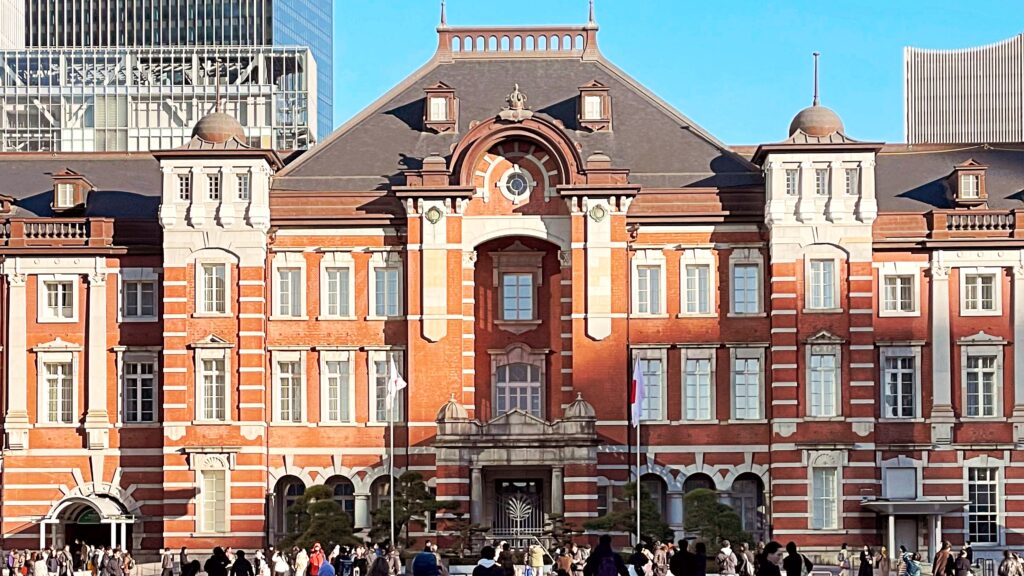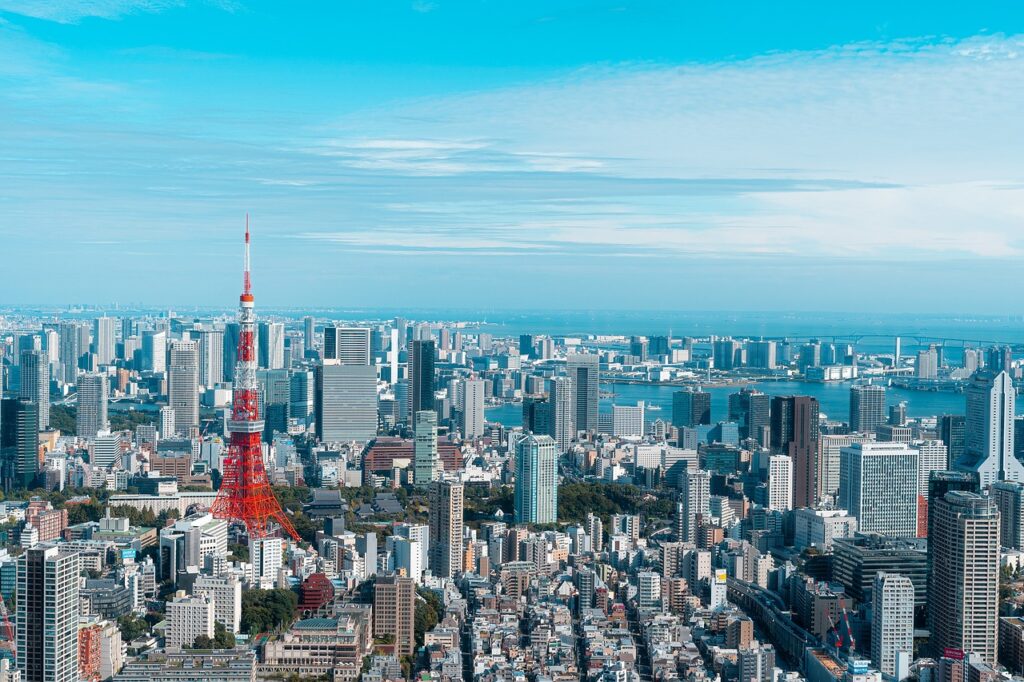When most travelers think of Kyoto, images of Kinkaku-ji’s golden brilliance, the vermilion gates of Fushimi Inari Taisha, and the bustling streets of Gion immediately spring to mind. These landmarks are undeniably beautiful, yet Kyoto’s essence extends beyond the famous tourist spots. For those willing to venture off the beaten path, the city reveals Kyoto hidden gems filled with history, culture, and tranquility. In this article, we will explore two such treasures—Zuishin-in Temple and Shinsen-en Garden—while also introducing the Kyoto Subway Tozai Line, an often-overlooked but highly convenient way to access them. Together, these places form a journey that blends poetry, spirituality, and modern urban transport into a uniquely Kyoto experience.
Why Kyoto’s Hidden Gems Matter
Kyoto receives millions of visitors each year, and for good reason: the city is the cultural heart of Japan. However, the influx of tourists has made some areas overwhelmingly crowded. While the Arashiyama Bamboo Grove or Kiyomizu-dera are stunning, the throngs of visitors can sometimes detract from their serenity. Hidden gems like Zuishin-in and Shinsen-en offer a different experience—quiet, contemplative, and intimate. Exploring them provides a chance to understand Kyoto not just as a sightseeing city, but as a living tapestry of stories spanning over a thousand years.
Zuishin-in Temple: The Temple of Lady Ono no Komachi
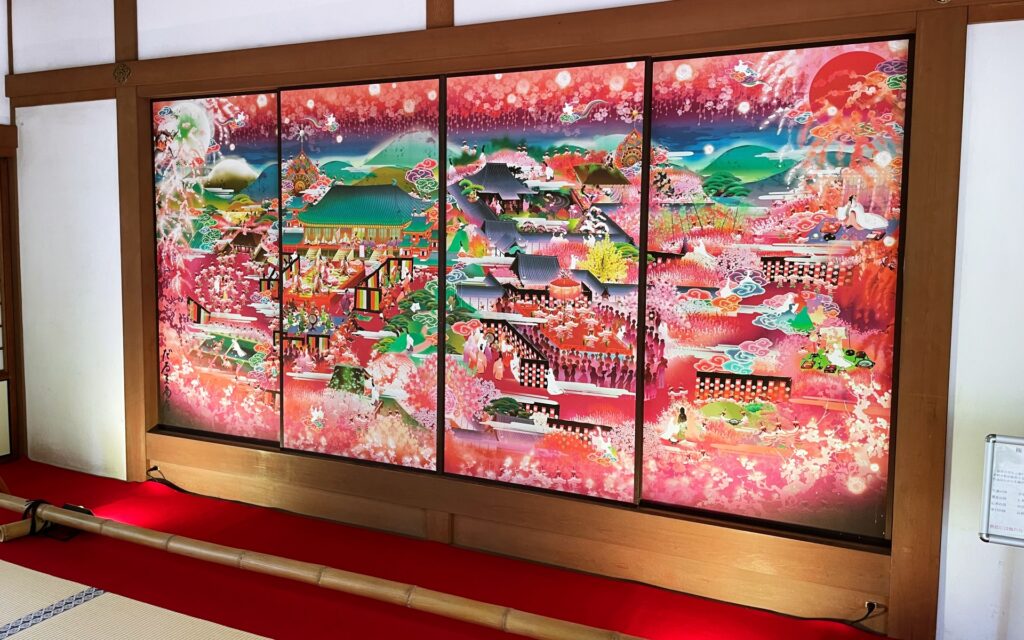
A Historical Introduction
Zuishin-in is a temple located in Yamashina, southeast Kyoto, and is most famous as the temple associated with Ono no Komachi, one of the legendary “Six Immortal Poets” of the Heian period (794–1185). Komachi is celebrated for her beauty and her melancholic poetry, and the temple grounds honor her life and literary legacy. Built during the Heian era, Zuishin-in is part of the Shingon sect of Buddhism and has long been regarded as a cultural and spiritual site.
The Poetry and Legends of Ono no Komachi at Zuishin-in
No visit to Zuishin-in is complete without encountering the graceful yet melancholic presence of Ono no Komachi (小野小町), one of the most celebrated female poets of Japan’s classical Heian period. Her life and work are deeply tied to the temple, which enshrines her memory and preserves stories about her beauty, genius, and tragic fate.
The Famous Waka Poem
One of Komachi’s most iconic poems, included in the Hyakunin Isshu anthology, still resonates through the halls of Zuishin-in:
花の色は うつりにけりな いたづらに
わが身世にふる ながめせし間に
Roughly translated:
“The colors of the flowers have faded in vain, while in this long rain I have spent my life in idleness.”
This verse is often interpreted as Komachi’s lament on the fleeting nature of youth and beauty. The blossoms symbolize her once-celebrated charm, which, like spring flowers, has withered with time and hardship. Visitors to Zuishin-in can reflect on this timeless reminder of impermanence (mujō), a central theme in Japanese aesthetics.
The Legends of Komachi
Zuishin-in is also home to several legends about Komachi’s later years. According to tradition, after her dazzling youth at the imperial court, Komachi spent her old age in solitude near this temple. Tales suggest she lived in poverty, reflecting on her life while writing poetry and gazing at the surrounding landscapes. Some stories even claim she became a recluse, embodying the sorrowful beauty of a fallen flower.
Within the temple grounds, you can find the Komachi Mounds (小町文塚), said to hold fragments of love letters she once received from admirers. These small earthen mounds are a poignant symbol of transience—not only of physical beauty but also of passion, fame, and the written word.
A Place of Reflection
For travelers, this connection between the physical site of Zuishin-in and the poetic spirit of Ono no Komachi creates a deeply atmospheric experience. Walking through the temple gardens, one feels the subtle blending of history, myth, and literature. Zuishin-in becomes more than a temple—it is a living monument to the Heian era’s most enigmatic poetess, whose verses still whisper to us across the centuries.
Shinsen-en Garden: Kyoto’s Oldest Imperial Garden with a Mystical Past
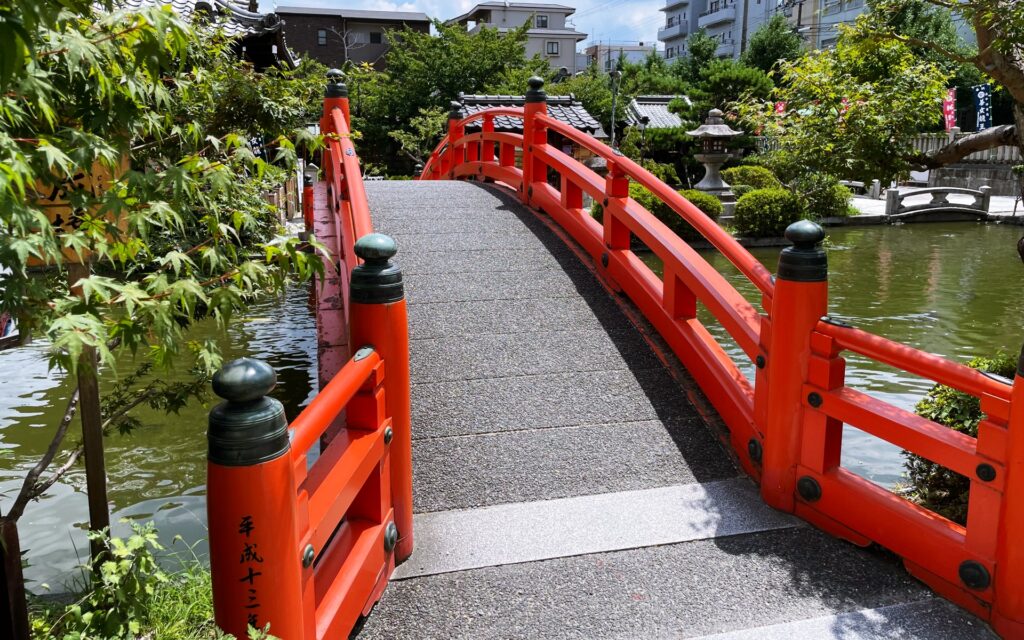
Hidden just a short walk from Nijo Castle lies Shinsen-en (神泉苑), a site that often goes unnoticed by tourists rushing between Kyoto’s more famous attractions. Yet, for those in search of a true hidden gem, Shinsen-en offers a rare combination: deep imperial history, natural beauty, and a lingering sense of mystery. It is one of the Kyoto hidden gems that reveal the city’s quieter, more spiritual side.
Shinsen-en was originally established in 794, at the very moment when Kyoto (then Heian-kyō) became Japan’s capital. Commissioned by Emperor Kanmu as part of the newly planned capital’s southern gardens, it served as an imperial pleasure garden where the court enjoyed boating, poetry, and moon viewing. In its prime, the pond was so vast that boats could sail across, and the garden stretched much further than the current grounds. What remains today is only a fraction of its original size, but it still retains a quiet dignity, like a forgotten corner of Kyoto’s past.
One of Shinsen-en’s most fascinating aspects is its connection to rituals and spirituality. In the early Heian period, the garden was believed to house a divine spring with healing and purifying powers. During droughts, emperors and monks came here to perform rainmaking rituals. It is even recorded that Kobo Daishi (Kukai), founder of Shingon Buddhism, conducted ceremonies at Shinsen-en, calling upon the deities of water and nature to bring relief to the people.
Adding to its mystique, Shinsen-en is also linked to Japan’s famous Gion Festival (Gion Matsuri). Historical sources suggest that in 863, during a deadly plague, rituals at Shinsen-en to appease vengeful spirits marked the beginning of what would later evolve into the Gion Festival—today one of Japan’s most celebrated events. This makes Shinsen-en not just a garden but a birthplace of Kyoto’s living traditions.
Visitors today will find a serene pond crossed by a bright red bridge, a small shrine dedicated to Benzaiten (the goddess of music, art, and water), and a tranquil walking path lined with seasonal flowers. Unlike the meticulously maintained gardens of Kyoto’s large temples, Shinsen-en feels lived-in and almost local, with neighborhood residents stopping by to feed the koi fish or offer prayers. This relaxed atmosphere makes it a refreshing contrast to Kyoto’s more polished tourist spots.
For travelers using the Kyoto Subway Tozai Line, Shinsen-en is especially easy to reach. It sits just a short walk from Nijojo-mae Station, making it an ideal stop after visiting Nijo Castle. Because most visitors overlook it, you might find yourself strolling the grounds in near solitude, a rare luxury in Kyoto.
If Zuishin-in tells the story of classical poetry and Ono no Komachi’s fleeting beauty, then Shinsen-en whispers of Kyoto’s imperial grandeur, spiritual traditions, and the origins of one of Japan’s greatest festivals. Together, these sites embody the kind of Kyoto hidden gems that reward travelers willing to step beyond the obvious highlights.
The Kyoto Subway Tozai Line: Gateway to Hidden Gems
The Kyoto Subway Tozai Line is not just a practical way to get around the city—it is also one of the most pleasant and underappreciated routes for travelers seeking Kyoto’s hidden gems. Running east to west, as its name suggests, the Tozai Line links together neighborhoods and attractions that many tourists never reach. Unlike the crowded JR lines or the famous Hankyu Railway that funnel visitors toward the major districts, the Tozai Line takes you through quieter residential areas, traditional streets, and lesser-known corners of the city. For travelers who wish to step away from the tourist trail, this line is a subtle guide leading you to discovery.
The Tozai Line also reflects a relatively modern chapter in Kyoto’s history. Opened in stages beginning in 1997, it represents the city’s effort to balance heritage with modern infrastructure. The stations themselves are clean and efficient, with thoughtful design elements that harmonize with the historic character of Kyoto. Riding the line can feel surprisingly peaceful; trains are rarely overcrowded, and the pace of travel contrasts with the bustle of Shinkansen hubs or major transfer points.
For those heading to Zuishin-in, the Tozai Line is indispensable. By alighting at Ono Station, named after the district associated with Ono no Komachi, visitors can easily walk to the temple where Komachi’s legacy still lingers. The station’s location is no coincidence—it anchors a historical landscape and makes it accessible to modern travelers. Similarly, Shinsen-en Garden lies just a short walk from Nijojo-mae Station on the Tozai Line, making it effortless to pair a visit to the former imperial garden with other stops in central Kyoto.
In this way, the Tozai Line is more than a transit system. It is a cultural artery that connects different layers of Kyoto’s story—the poetic world of Zuishin-in, the imperial history of Shinsen-en, and the everyday rhythm of neighborhoods in between. For visitors eager to uncover Kyoto’s quieter side, riding the Tozai Line is both a journey through space and a journey through time.
Conclusion : Kyoto Hidden Gems
Kyoto will always shine with its world-famous landmarks, but true understanding of the city comes when we wander into its quieter corners. Zuishin-in Temple, with its poetic associations and seasonal beauty, invites us to reflect on the fleeting nature of life. Shinsen-en Garden, Kyoto’s oldest surviving garden, offers a window into imperial traditions and spiritual practices. Linking them is the Kyoto Subway Tozai Line, a modern pathway that brings hidden gems within easy reach.
So, next time you plan a trip to Kyoto, go beyond the usual highlights. Step onto the Tozai Line, explore these lesser-known sites, and discover a side of Kyoto that few tourists ever see. In doing so, you’ll not only find tranquility but also connect more deeply with the city’s cultural soul.
